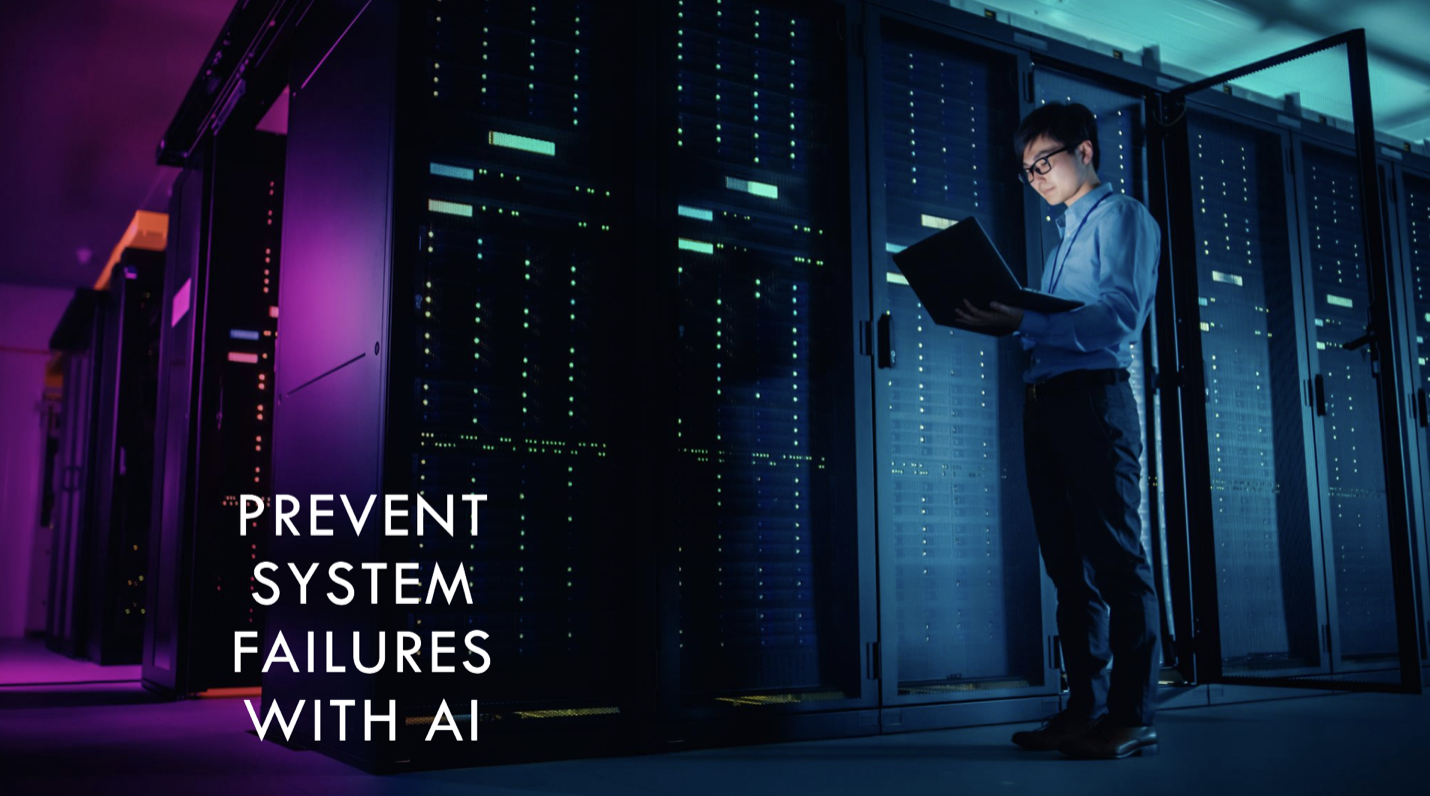From Predictive Maintenance to Predictive DevOps: Harnessing AI to Anticipate and Prevent System Failures
 Subhanshu Mohan Gupta
Subhanshu Mohan Gupta
In the age of hyper-connectivity and massive-scale deployments, downtime is a costly foe. Enterprises are constantly battling the unpredictability of system failures, with even a few minutes of downtime potentially leading to significant revenue loss, customer dissatisfaction, and brand damage.
Enter Predictive DevOps — an emerging approach that adapts AI techniques from predictive maintenance to proactively anticipate and mitigate system failures. This new frontier in DevOps leverages AI’s power to shift from reactive to predictive, enabling organizations to maintain continuous service availability and optimize resource allocation.
The Evolution from Predictive Maintenance to Predictive DevOps
Predictive maintenance has been a game-changer in industries such as manufacturing and aviation. By using machine learning algorithms to analyze sensor data and historical records, systems can predict when equipment is likely to fail, allowing for timely interventions that prevent costly breakdowns. The same principles can be applied in DevOps, where AI-driven models predict system vulnerabilities, enabling preemptive action before issues escalate.
While traditional DevOps focuses on automation and continuous integration/continuous deployment (CI/CD) to streamline operations, Predictive DevOps goes a step further. It integrates AI-driven analytics into the CI/CD pipeline, creating a proactive environment where potential failures are anticipated and mitigated before they impact the system.
AI Techniques in Predictive DevOps
1. Anomaly Detection: Leveraging machine learning, DevOps teams can implement real-time anomaly detection across various metrics — such as CPU usage, memory consumption, and network traffic. These models can identify deviations from the norm that might indicate an impending failure, enabling teams to respond swiftly.
2. Failure Pattern Recognition: By analyzing historical data, AI models can recognize patterns that precede system failures. These patterns might involve subtle changes in system behavior that are invisible to human operators but are detectable by AI. Once identified, these patterns can trigger automated responses, such as scaling resources or restarting services.
3. Predictive Analytics for Maintenance Scheduling: Just as predictive maintenance optimizes equipment upkeep, AI in Predictive DevOps can forecast when system components are likely to fail or degrade. This allows for the intelligent scheduling of maintenance tasks during periods of low demand, minimizing disruption.
4. Root Cause Analysis: When issues do arise, AI can expedite root cause analysis by correlating data from various sources — logs, monitoring tools, and user reports to pinpoint the source of the problem. This reduces mean time to recovery (MTTR) and prevents similar issues in the future.
Real-World Example: Netflix’s Predictive DevOps in Action
To better understand the impact of Predictive DevOps, consider the example of Netflix — a company that relies heavily on maintaining a seamless streaming experience for millions of users worldwide.
Netflix operates a massive, distributed microservices architecture across multiple cloud regions. With such a complex system, the risk of outages or degraded performance is ever-present. A few minutes of downtime could mean a significant loss of subscribers and tarnish Netflix’s reputation.
To combat this, Netflix has implemented AI-driven Predictive DevOps practices:
- Chaos Engineering: Netflix deliberately introduces faults into its systems using tools like Chaos Monkey to test the resilience of its architecture. By analyzing the system’s response to these intentional disruptions, Netflix can identify weak points and potential failure patterns.
- Anomaly Detection and Auto-Remediation: Netflix uses machine learning models to monitor system metrics and detect anomalies in real time. For example, if the AI detects unusual latency in a particular microservice, it can automatically reroute traffic, scale up resources, or restart the service before users are affected.
- Predictive Scaling: By analyzing historical usage data and patterns, Netflix can predict spikes in demand — such as during the release of a popular new series. The AI-driven system preemptively scales resources to ensure that the platform can handle the increased load, preventing potential outages.
Thanks to these Predictive DevOps strategies, Netflix can maintain a high level of service reliability, even as it continuously pushes new features and updates to its platform.
The Benefits of Predictive DevOps
- Reduced Downtime: By anticipating failures before they occur, Predictive DevOps minimizes unplanned downtime, ensuring that systems remain available even under heavy load.
- Cost Efficiency: Proactive maintenance reduces the need for emergency interventions, which are often more costly and disruptive than scheduled maintenance.
- Improved Reliability: With AI monitoring and predicting potential failures, systems become more reliable, leading to better user experiences and higher customer satisfaction.
- Scalability: Predictive DevOps is particularly valuable in large-scale deployments where the complexity of managing numerous microservices can lead to unexpected issues. AI helps manage this complexity by providing insights that would be impossible to glean manually.
The Road Ahead
As AI continues to advance, its integration into DevOps will deepen, making Predictive DevOps a standard practice in the industry. Organizations that embrace this shift will gain a competitive edge by maintaining higher uptime, reducing costs, and improving overall system performance. The transition from reactive to predictive is not just a technological evolution; it’s a strategic move toward greater operational resilience and agility.
In a world where every second of uptime counts, Predictive DevOps is not just the future - it’s a necessity. By harnessing the power of AI, organizations can transform their approach to system maintenance, ensuring that they stay ahead of potential failures and continue to deliver seamless experiences to their users.
Coming soon: PART II — Blueprint for Implementing Predictive DevOps
Stay tuned !!
Subscribe to my newsletter
Read articles from Subhanshu Mohan Gupta directly inside your inbox. Subscribe to the newsletter, and don't miss out.
Written by

Subhanshu Mohan Gupta
Subhanshu Mohan Gupta
A passionate AI DevOps Engineer specialized in creating secure, scalable, and efficient systems that bridge development and operations. My expertise lies in automating complex processes, integrating AI-driven solutions, and ensuring seamless, secure delivery pipelines. With a deep understanding of cloud infrastructure, CI/CD, and cybersecurity, I thrive on solving challenges at the intersection of innovation and security, driving continuous improvement in both technology and team dynamics.